Ah, wondrous, glorious Rome. When you think about ancient civilizations that undoubtedly thrived during their prime, the Romans are probably at the top of most lists. They’re the civilization that managed to so handily bring both the Greeks and the Egyptians to their knees. With the loss of Alexander the Great, it seemed so simple for the Romans to simply conquer everything and enjoy their time in the sun as one of the greatest empires the world had seen. That said, even with the popularity of the Romans, it’s still not easy to learn all about an ancient civilization in one go.
Such is the reason why we’ll be having a good look at what the Romans did best: warfare. The more you learn about how the Romans fought, the easier it will be to understand how they managed to do so well in battle — as well as a sneak peek into how the Romans lived. For the history buffs out there, here are the top ten weapons and armor the Roman Empire used in battle.
Gladius
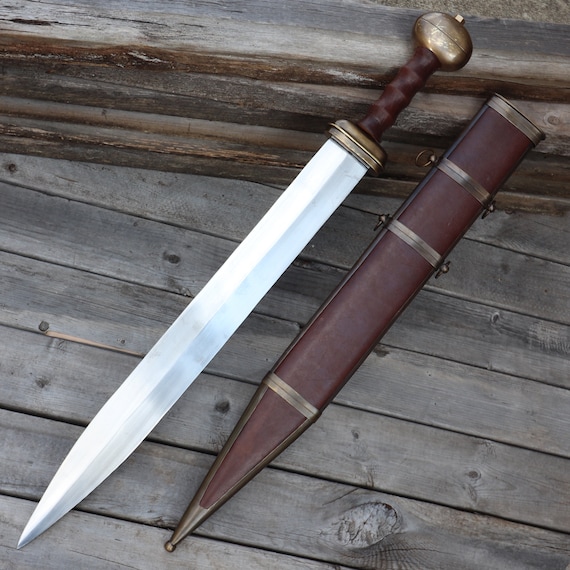
Let’s start with perhaps one of the most iconic weapons of the Romans, the gladius. The gladius is a short, extremely durable, two-bladed sword that the Romans used as a primary/secondary weapon alongside their shields. You’ve probably already seen how Roman legionaries in popular media use both the sword and shield, as well as its overall effectiveness in battle. When a Roman is forced into a pitched battle in close quarters, the gladius is one of the go-to weapons.
Of course, the fact that the Romans also boasted incredible tactics for the time helped to cement its overall legacy. To face the Romans in war during its prime would be to face the greatest military force of the world.
Spatha

The gladius was a surprisingly deadly weapon in close quarters, and the Roman soldiers used it to devastating effect. That said, there was also another, similar variant that used similar smithing tactics — the only difference was that this particular weapon, the spatha, was taller and quite a bit more intimidating. Whereas the gladius relied more on precisions, the spatha was treated more like the traditional longsword.
In essence, it’s a larger version of the gladius that was used by auxiliary and infantry forces during specific time periods.Whether the Roman infantry used the spatha or the gladius, their enemies fell thanks to the soldiers’ training and discipline.
Spear

It’s honestly hard to imagine any ancient civilization rising to power without the help of the spear to bolster their forces, as the weapon is undoubtedly one of the cornerstones of any empire. The spear not only offered a surprising amount of wiggle room due to the length of the weapon, but the Romans were trained rigorously in the spear. There was a time when the Roman phalanx was feared across the known world due to how effective they were at stopping cavalry in its tracks.
The spear is as iconic and versatile as it is ancient, and it’s a weapon that has seen use since the dawn of time. Its importance cannot be understated, and the Romans — gifted in warmaking as they were — understood the weapon better than most.
The Pilum/Javelin

Unlike the typical spear that the Roman infantry used as a primary weapon, the pilum is a javelin — built specifically to be hurled toward the enemy. The pilum was one of the favored weapons of the Roman army, and they employed it to devastating effect. The weapon was weighted specifically so that it could be thrown to impale enemy soldiers, but it also had another function.
When the pilum was thrown and collided with a shield, the metal shaft had a tendency to bend, making it extremely challenging to remove from a shield. If the enemy attempted to deflect the pilum with a shield, they might soon have to get rid of the shield entirely as the pilum would effectively get stuck. It’s equal parts simple yet effective.
Scutum/Shield

When the might of the Roman empire was unleashed on the field of battle, it’s difficult not to imagine the well-disciplined soldiers charging without their iconic shield. The scutum was an ancient shield employed by the Romans as well as the Italics in antiquity.
Many of the Romans’ military tactics were based on their shields, and it was the very reason why their use of the gladius, spatha and shield were so effective. The large rectangular shield was the preference of the legionaries, and the enemies of Rome grew to fear the vivid colors of their shields. The cavalry, on the other hand, used the parma, which was a circular shield.
Pugio/Dagger
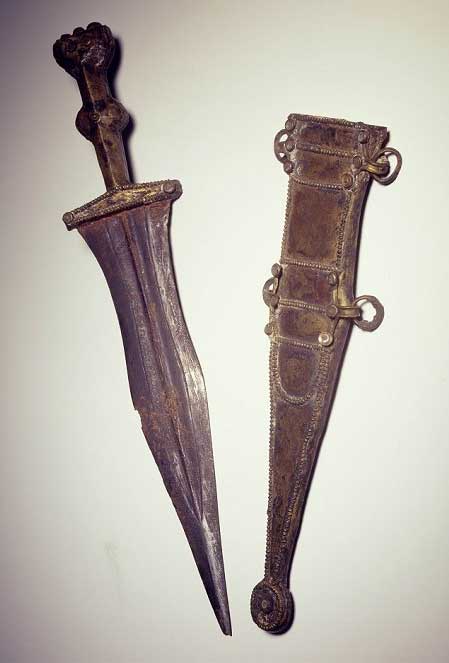
What happens if a Roman soldier is in the heat of battle and loses their primary weapon? Perhaps they might still have their gladius, yet they don’t have the time to use it as they were knocked down by the enemy? Usually, they would have the pugio handy, which is similar in make to the gladius and spatha, only in dagger form. If the gladius was built for precision, the pugio was more so.
It’s difficult for any Roman soldier to be caught unaware without a weapon in hand, as they have so many to use. They typically hurl the pilum at the beginning, before fighting with either the spear, spatha, or gladius. In the event that they lose the weapon, they still have the pugio to turn things around. The more cornered the Roman legionary became, the more dangerous they could be.
The Roman Helmet
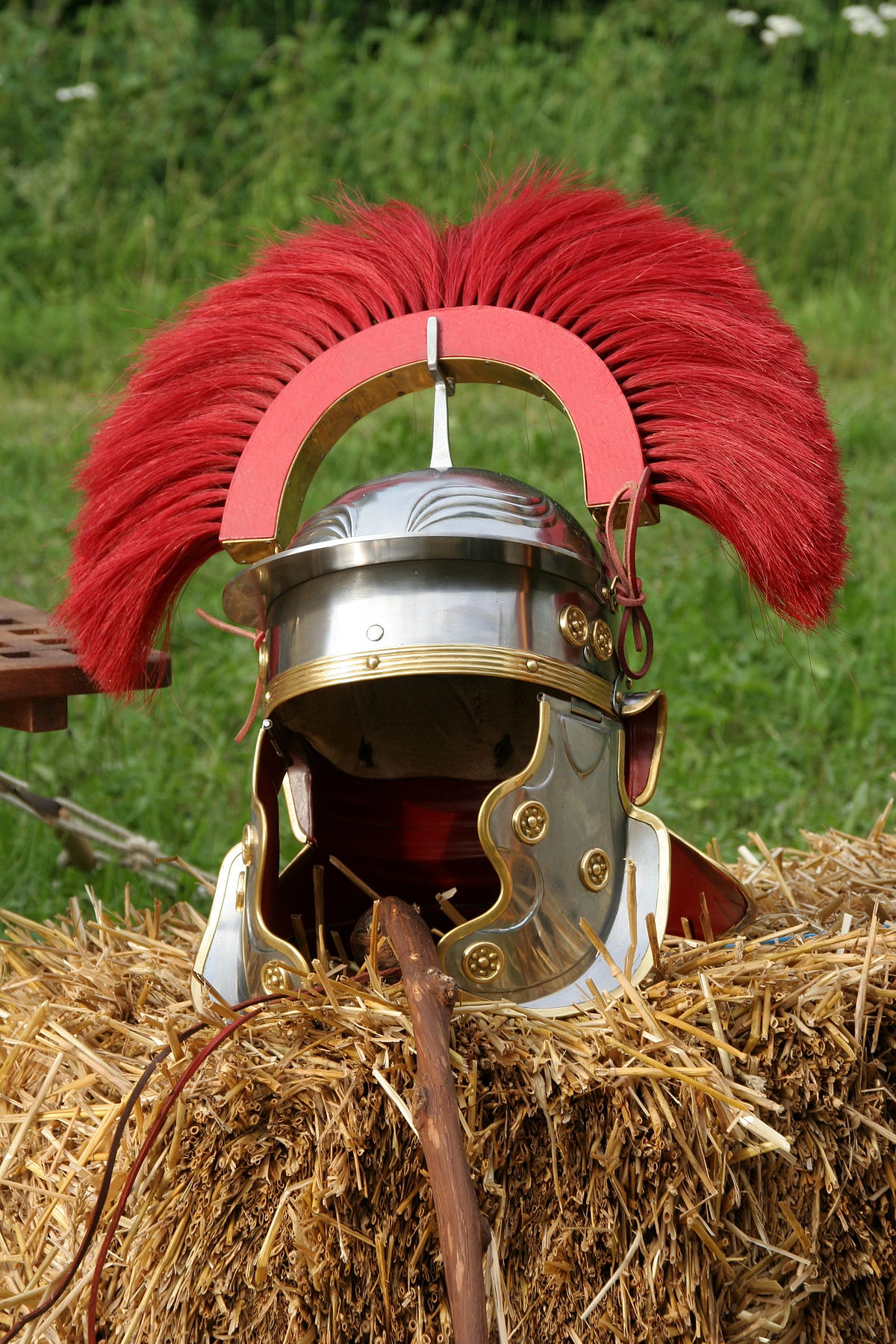
Aside from being heavily armed, the Romans were also one of the best outfitted armies in the ancient world when it came to armor. Perhaps their most iconic piece of armor would be the Roman helmet, of which there are many types. Some of the most popular include the coolus, the weisenau, and the galea.
The helmets also differed depending on the type of soldier. For example, the cavalry needed to be more agile, which was why they often had a lighter helmet compared to the heavily armored infantry of the Roman legion. The latter was always in the thick of it, which was why their helmet had neck guards. The Roman helmets were also lavish in nature, specifically the helmets of the higher ranks.
Roman Body Armor

There are few images more iconic than that of the Roman legionaries marching in disciplined ranks. Such is the reason why so many people take the time to depict historically accurate Roman tactics in demonstrations. One of the reasons why the Romans were so dangerous was their combination of light and heavy armor — creating a heavily protected yet agile soldier.
There was ring mail armor, consisting of several thousand steel rings. It was frequently used by heavy infantry, and had the tendency to last for decades if properly maintained. There was also scale armor, which used rows of metal scales. Lastly, there was plate armor, which was built in such a way that it could be easily stored during long marches. Anyone who underestimated the strength of Roman armor would quickly find themselves running for their lives.
The Bow and Arrow
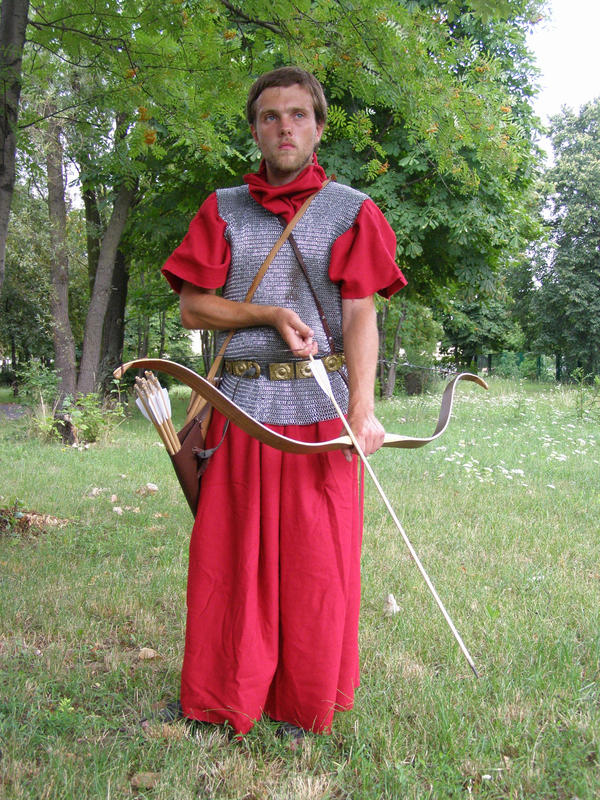
While the Romans were well-known for their heavy infantry and cavalry charges, they had plenty of different auxiliary units supporting the massive Roman army. One example is the Roman archer, which used a bow and arrow to rain projectiles upon the enemy from above. The archers were typically the first to engage in combat, pelting the enemy with arrows before the infantry and the cavalry did their work.
It doesn’t have to be said how crucial the bow and arrow is in the world of ancient warfare. While the spear is one of the oldest weapons, the bow and arrow is the weapon that changed the way people fought wars. There were even skirmishers that used the bow and arrow atop horses.
The Roman Ballista
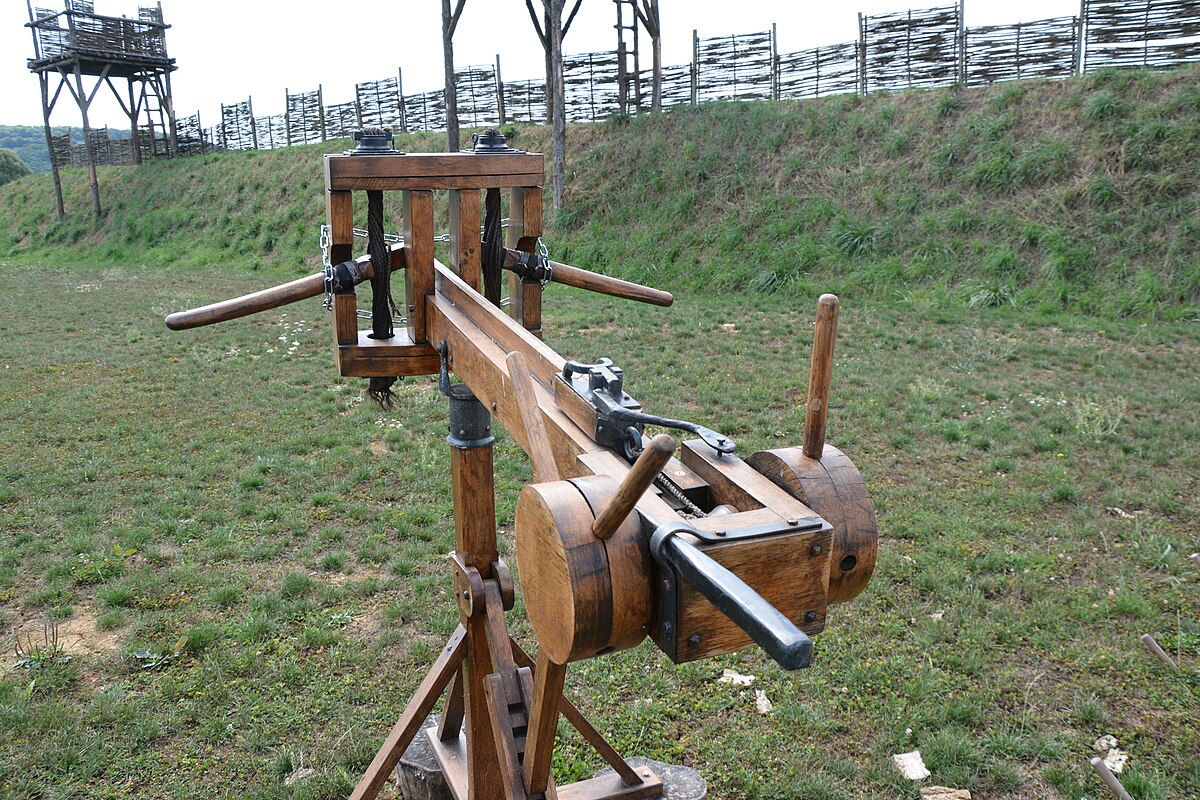
The Romans weren’t restricted to battles on the open plain or in dense forests. There were plenty of situations where they had to lay siege to enemy fortifications, and this was often considered the specialty of the warmaking Romans. Other civilizations learned to fear Roman artillery, specifically when it came to the ballista. The Romans were surprisingly good at bringing artillery to bear against their foes.
While most people are already aware of the catapult and the ram as siege weaponry, the ballista was quite special. It was basically a smaller siege weapon, capable of delivering death on the battlefield by hurling projectiles toward the enemy. It was this kind of heavy firepower that often won the day for the ancient Romans, especially when they had time to prepare — such as when sieging a city.